Lecithin is an emulsifier used frequently in many recipes, and often in baking. There are three forms of lecithin: powder, liquid, and granules. Each form is preferred for different uses as needed.
Lecithin is primarily used as an emulsifier when cooking and baking. That means lecithin works and helps facilitate the ability to combine components like oil-based ingredients and water-based ingredients.
It also works as a natural preservative that can extend the shelf of the things you love to cook and bake.
How Both Types are Made
During the manufacturing process, lecithin powder is ground finely after all the moisture and oil are extracted. Lecithin powder dissolves into water easily. The powder form dissolves faster and easier than granules.
It can take a few minutes to fully dissolve the powder, but it is important to dissolve it thoroughly because undissolved powder can feel gritty and have an unpleasant texture.
Liquid lecithin still contains the oil components of the emulsifier. It doesn’t need to be dissolved into the flour or other ingredients and often comes in a squeeze bottle that makes it easy to work with when cooking.
Liquid lecithin is a good option for high-fat content recipes. However, it can be messy and difficult to remove from surfaces if spilled.

Using Lecithin in Baking
Most baking recipes use either flour or starch as a base ingredient. The suggested ratio of liquid lecithin to the recipe is roughly 1.5% of lecithin per weight of the flour or starch. A helpful weight and conversion chart can be found here.
For instance, let’s say your recipe requires five cups of bread flour with one cup of bread flour weighing 120 grams. The total weight of the bread flour would be 600 grams. So, you would need roughly 1.5 percent of 600 grams in liquid lecithin. Converted, that is about two teaspoons or about nine grams.
The percentage is different for a powder or granule form. When using lecithin powder or granules, you should only use roughly 65% of the liquid conversion. It’s often easier to start with the liquid conversion and then multiply it by .65 to find the powder or granule percentage.
You can also use lecithin for mixtures and emulsions. An emulsion combines two or more liquids that don’t mix well or stay mixed well together, like oil and water.
Emulsions can include salad dressings, mayonnaise, confections, frostings, and sauces that combine liquids like wine with gravy. Including lecithin will stabilize the emulsion, smooth it out, and keep the components combined.
Using Lecithin When Making Edibles
Without adding lecithin to your edibles, there is a risk your final product could crumble or not hold together well. Lecithin can also help bind botanicals to the fats and oils in the edible.
If you’re considering using lecithin in your homemade edibles, there are two main reasons to make the jump:
- Lecithin is an emulsifier and helps to combine oil and water in a recipe. This is particularly useful in edible baking recipes because of the need for water and oil-based ingredients.
- Lecithin plays a part in increasing the rate and degree the benefits are absorbed in the body by increasing the potency of the infusion.
Many edible recipes call for the use of an infused oil. For flowers to be used in the oil infusion, a process called decarboxylation (or decarbing) is needed to activate the compounds in the flowers. You can decarb your herb by heating it in an oven at 225 degrees for 30 to 40 minutes.
To infuse the oil with the activated ingredient, gently simmer the decarbed product in oil for 45 minutes. This process is essential to create potent edibles. Putting raw flowers into dough or batter will not achieve the desired effect and will affect the composition of the recipe.

Once you have your infused oil ready to incorporate with the other ingredients, adding lecithin to your edible recipe will allow the oil infusion to mix with the other liquid ingredients like milk or extracts.
The infusion will be distributed evenly into the edible with the lecithin emulsifier. Lecithin will also give the edible a longer shelf life.
As long as the active ingredient is decarbed and infused before adding it to the recipe, you will get to enjoy the full effects of a delicious edible. Incorporating lecithin will make for a uniform, better-quality edible.
You’ll also enjoy the consistent texture and enhanced effects of the infused ingredients. By adding lecithin, you and your friends can enjoy quality edibles that hold together well and last even longer.
How Could a LĒVO II Machine Help Your Kitchen Creations? Certainly, a LĒVO II would simplify your decarbing and infusing efforts, by giving you so much more control and keeping the entire process in one ingenious machine, while simplifying clean-up with dishwasher safe components.

Are you ready to learn more about the burgeoning, culinary art of home infusion? LĒVO has a library of recipes, educational content, calculators, photos, and MORE available on our website, or visit us on YouTube to see videos of recipes and our products in action!. Not sure where to start? Take the LĒVO Quiz to see which machine is right for you!” #LĒVOmade




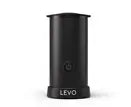









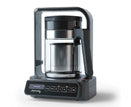

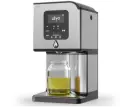
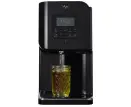
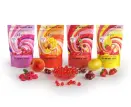
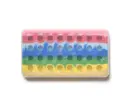

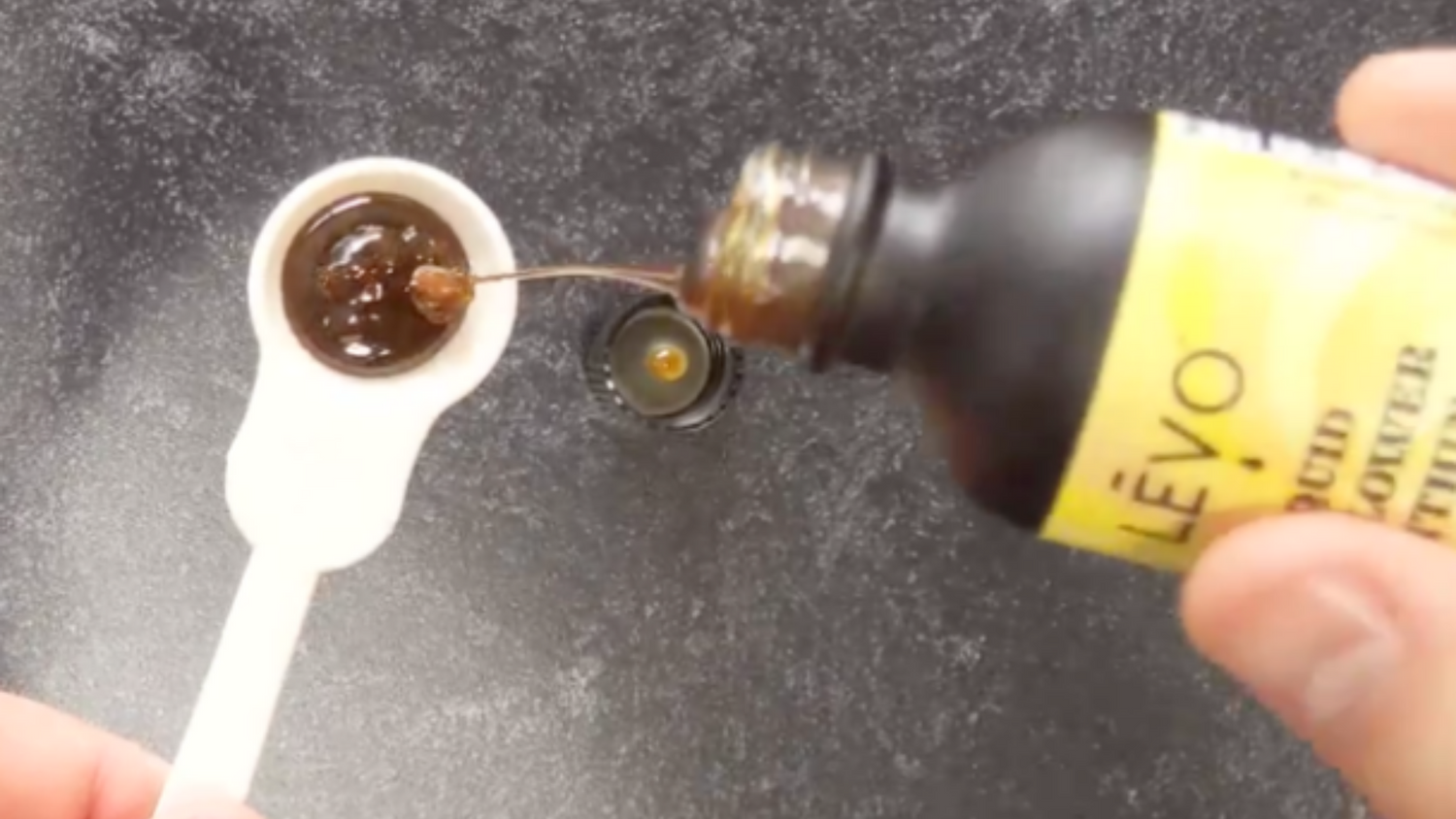
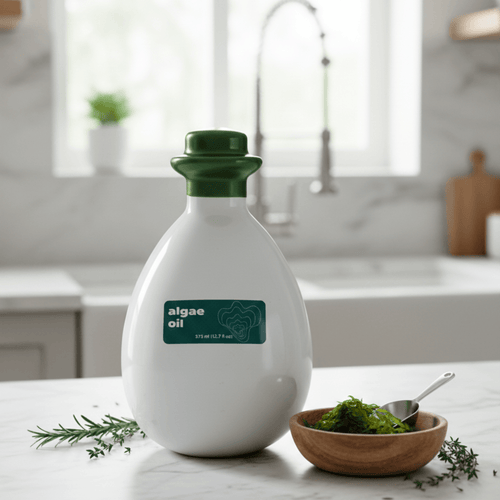

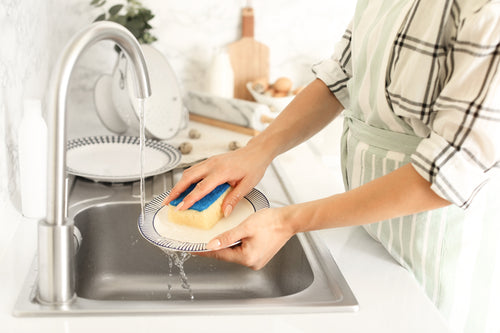
Leave a comment
All comments are moderated before being published.
This site is protected by hCaptcha and the hCaptcha Privacy Policy and Terms of Service apply.